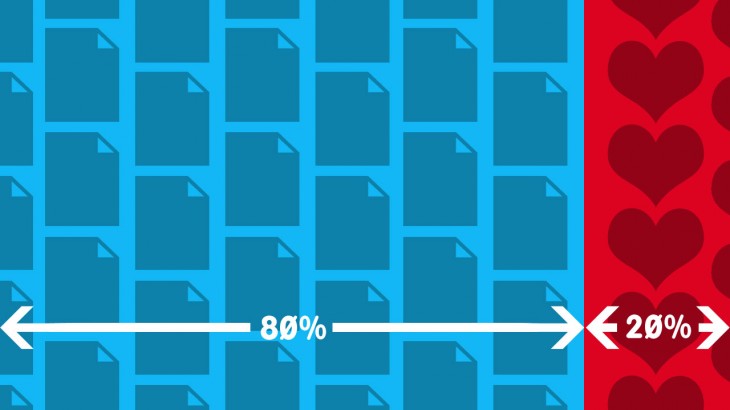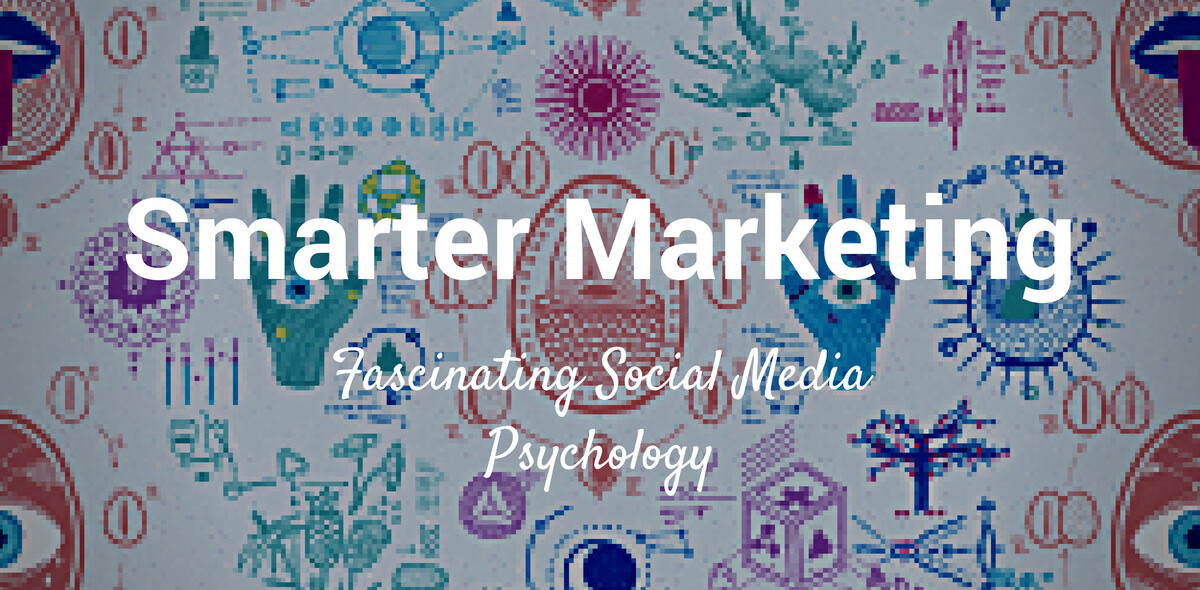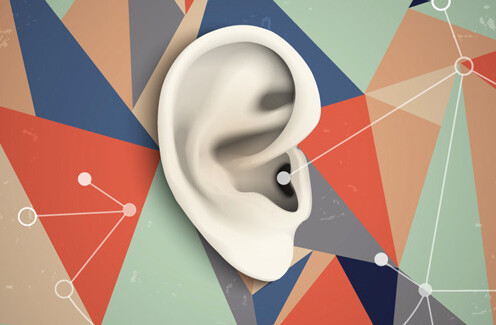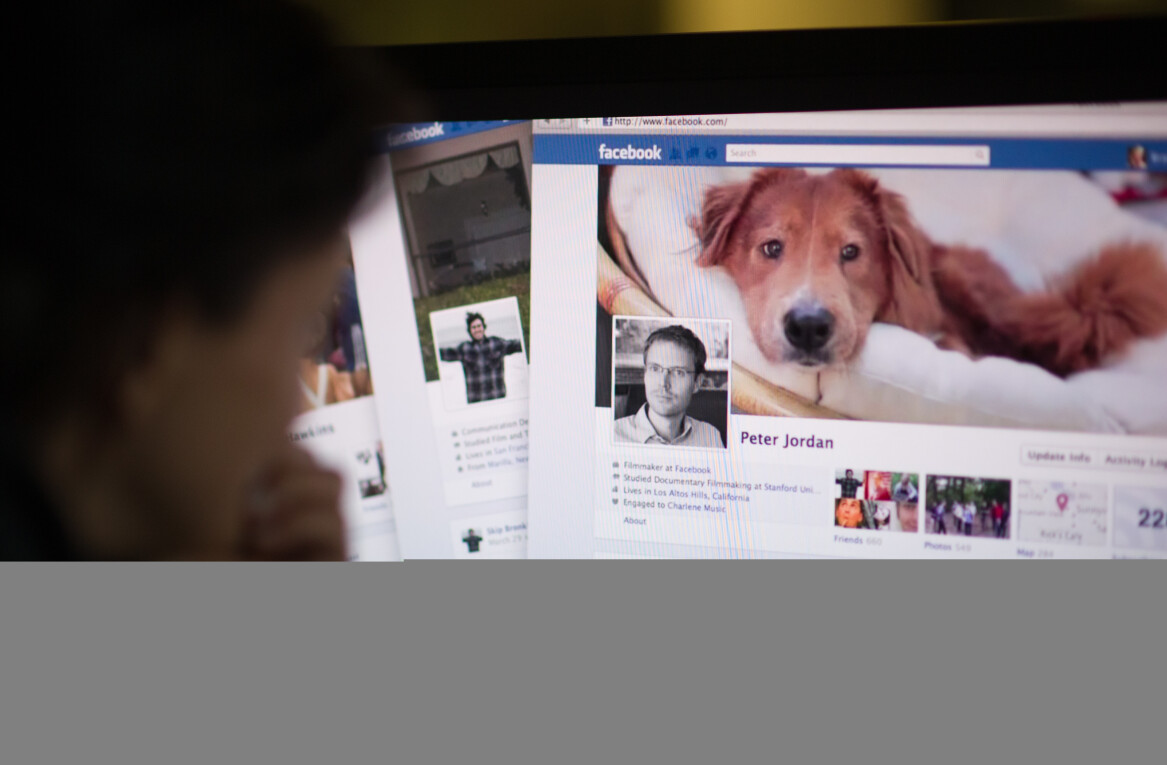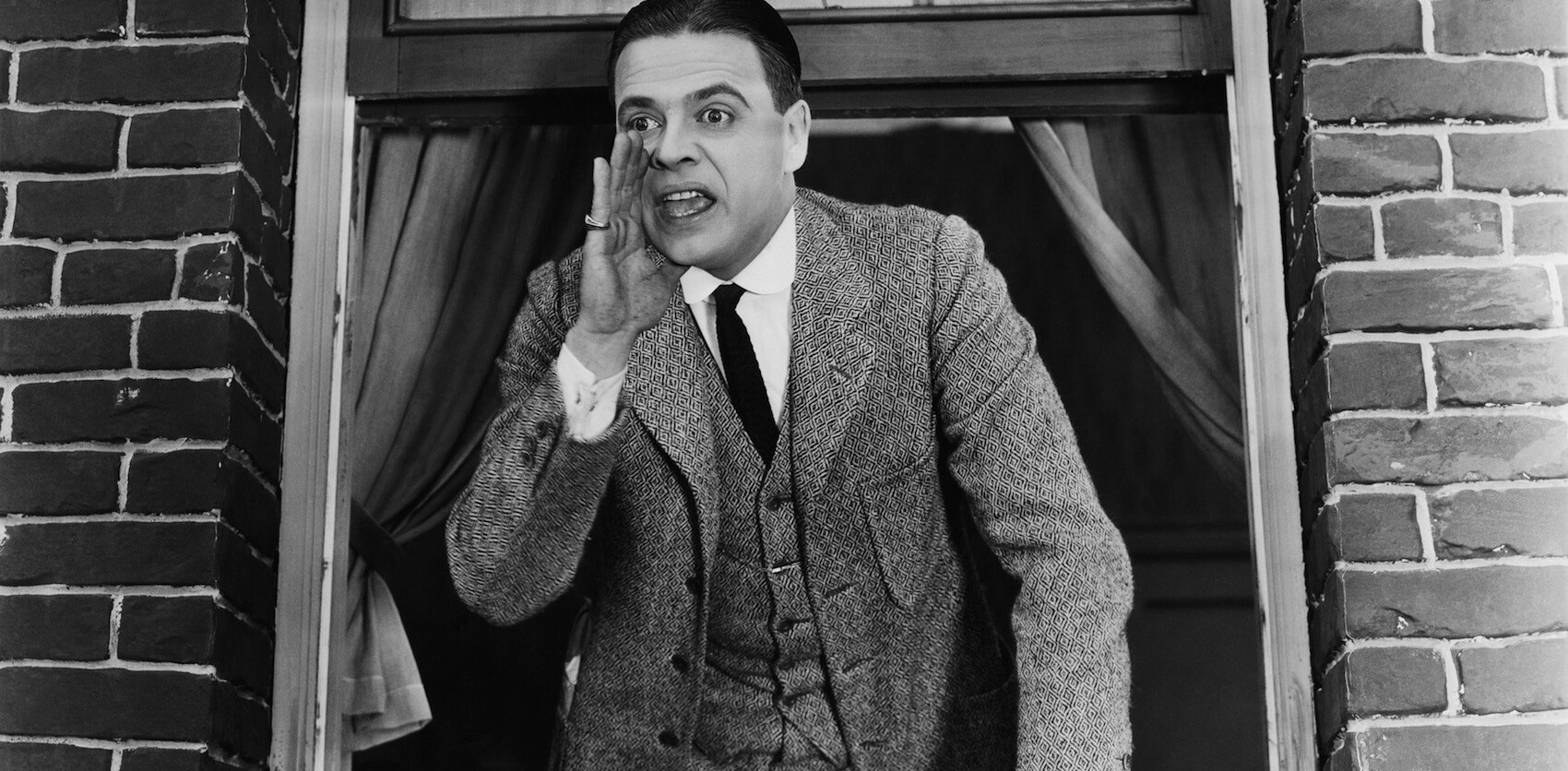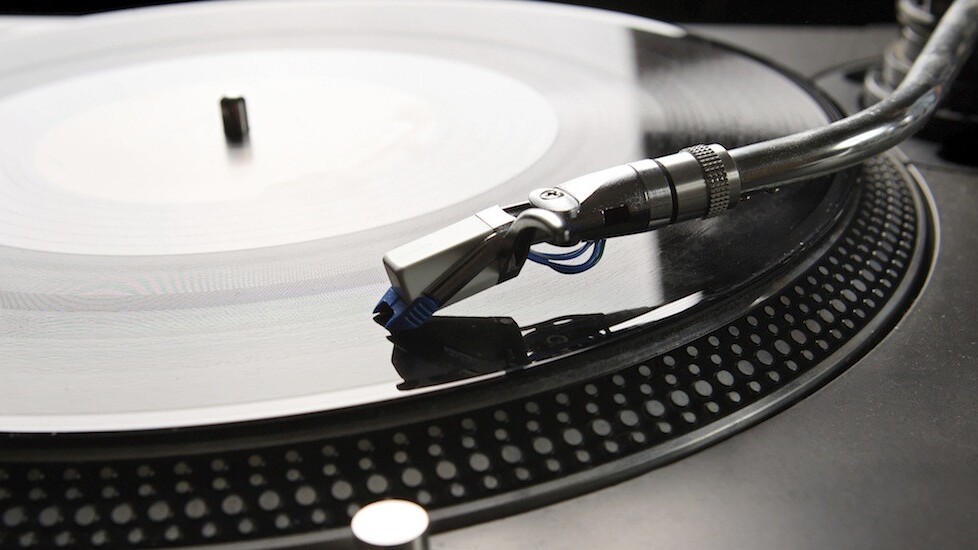
This post originally appeared on the Buffer blog.
At any given time, I have a side project running.
It’s often a new blog or a Tumblr or a book or a newsletter. Sometimes I try to design WordPress themes. Other times I try photography. This ethos of new projects and new improvements runs throughout our Buffer team. We love to find ways to grow, excel, and improve through side projects and hobbies.
I have yet to create the next Uber or Gmail—million-dollar and million-user enterprises that began as side projects.
The good news: You don’t have to create a million-dollar company to get your time’s worth from a side project or creative hobby.
Spending your time in this way can make you happier, healthier, and more productive.
The psychology of side projects
When Google began its famous 20 percent rule (employees could spend 20 percent of their time exploring fun, passionate side projects), the result was a more productive, more creative 80 percent. Side projects boosted work performance.
There’s been research to back up this phenomenon.
San Francisco State psychology professor Dr. Kevin Eschleman and his colleagues measured the effect of creative hobbies on over 400 employees. In two separate groups—one rated by coworkers and one self-rated—those with a creative hobby were more likely to be helpful, collaborative, and creative with their job performance.
As an added bonus, outside of work those with hobbies felt more relaxed and in control. Said Eschleman:
The results indicate that organizations may benefit from encouraging employees to consider creative activities in their efforts to recover from work.
Creative activities are likely to provide valuable experiences of mastery and control, but may also provide employees experiences of discovery that uniquely influence performance-related outcomes.
Recovery is a key psychological function of side projects and hobbies. The Eschleman study highlights the importance of creativity and recovery, and a paper put together by the European Journal of Work and Organizational Psychology cites a range of factors that come into play with leisure—or lack of leisure—and recovery.
From a psychological perspective, it would be better if people engaged in activities in which they sought challenges and tried to match them with their skills. Evidently this also applies to work: Optimal experiences correlate positively with mental health. However, in our society leisure is used as an “escape” from work. “Escapism” in this respect means that people do not seek meaningful leisure activities for their own growth and development, but instead resort to passive activities to escape from everyday strains and problems. Such behavior is frequently associated with a passive lifestyle and boredom, which in turn might feed into apathy and depression.
Boston College sociology professor Dr. Juliet Schor calls this phenomenon“work-spend-work-spend mentality.” We work hard so we can spend more, and the more we spend, the harder we work.
Side projects and creative hobbies help stop this cycle and nurture a more creative and fulfilling version of down time.
Low-risk, low-pressure, and love: The 3 rules of side projects
It probably goes without saying that side projects differ from work projects. But how, exactly? Building a website can be a work project for you and a side project for me. Playing piano is a career for some folks; it’s a creative hobby (a bit of a slow burner, at that) for me.
In a post on Medium, Hiut Denim Co explains its thought process behind side projects, which have been hugely impactful on the careers of Hiut’s cofounders. They believe side projects follow three rules.
1. They don’t have to provide you with a living. You can still eat if they fail.
2. They don’t have a deadline. And as there is no time pressure, you don’t revert to your usual formula. You try new things. You experiment. You take risks.
3. This is a Labor of Love. You provide the ‘Labor’. And you provide the ‘Love’. So when you spend time on it, it is because you really want to. That keeps you coming back and pushing it on.
Low-risk, low-pressure, and love.
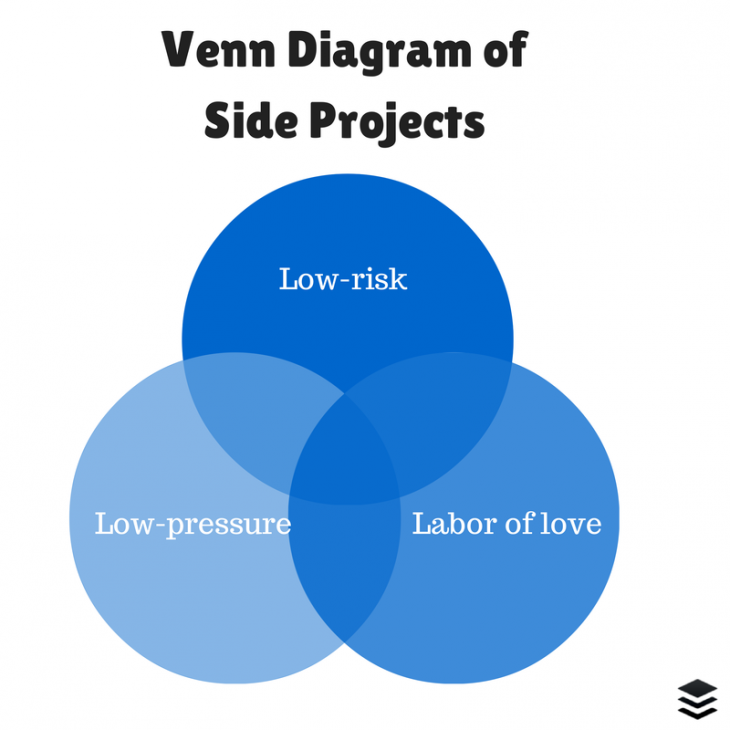
Along with providing work balance, side projects and hobbies help push us to improve in a number of key areas. Here’s how the Busy Building Things blog describes it:
It’s also important to be our own client sometimes, and have side projects that push new skills, flex our creative muscles, and give us testing grounds for new and innovative ideas.
A side project, a creative hobby, or both?
When we’re talking about side projects and creative hobbies, are we talking about two of the same things? Not precisely. Here’s the best way I’ve found to think of the distinction between side projects and creative hobbies:
A side project has an output, a finished product (eventually).
A creative hobby is a long-term interest.
Here’s an example: Musicians take on side projects quite often. These projects can be the result of experimenting with new creative hobbies—new instruments, new sounds, new technology. In this way, the hobby leads to the project.
I’ve found creative writing to be an incredibly enjoyable hobby. Someday, I’ll turn this hobby into a side project of writing a book.
You can choose both projects and hobbies. You can do both at the same time. And you can pick absolutely anything that interests you and that you want to learn more about.
Your side project or hobby doesn’t need to be something you’re already good at. You can think outside the box with what you choose—anything that interests you, fulfills you, excites you. Here are some ideas to get you started.
- Learn to draw
- Learn to code
- Sell something online
- Write a book
- Start a blog
- Take lessons
- Audit a class
- Volunteer
Which ideas could you add to this list?
How to keep a side project going and a creative hobby active
Of course, knowing the advantages and methods for starting a side project or hobby is one thing. There’s also the challenge of overcoming the obstacles that get in the way. Here are some helpful tips for creating a project or hobby that is reinvigorating and sustainable.
Find the time by setting a meaningful goal. One of the biggest obstacles with these creative pursuits is finding the time to do them. I like the way that Rachel Andrew of A List Apart puts it: “Finding the time”often relies upon having a goal that is meaningful and important to you; a goal that is valuable enough to make a priority.”
Focus on the now, not the end. Keep your attention on the task at hand. Side projects are meant to be low-pressure; you’re doing the work because you love the work, not to get something shipped.
Break your project into parts. I’m borrowing this idea from the world of work projects. Often, it’s easier to make headway on a project if it’s not too daunting to start with.
Combine your interests. If you’re struggling to stick with a project or hobby, consider scaling back your options to something you know. If you love writing, try learning a new writing medium rather than stretching yourself to something brand new like design or code.
Over to you: What are your creative hobbies and side projects?
Coming up with a project or hobby can provide a big psychological lift and a boost to work productivity. Find something that’s low-risk, low-pressure, and a labor of love, and you’ve found your project.
What side projects and hobbies do you pursue? What would you like to try but haven’t yet started? I’d love to hear your experiences and ideas in the comments.
Don’t miss: Hours can ease the pain of time-tracking
Get the TNW newsletter
Get the most important tech news in your inbox each week.

